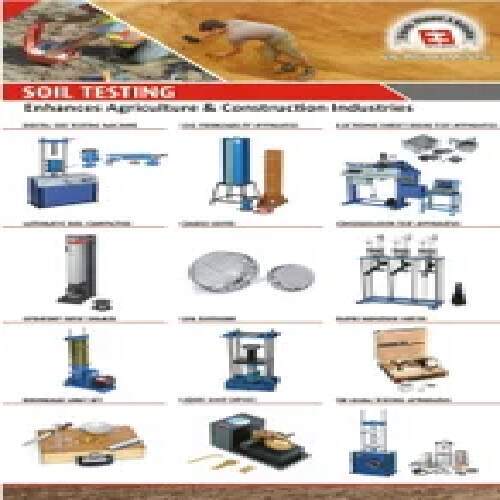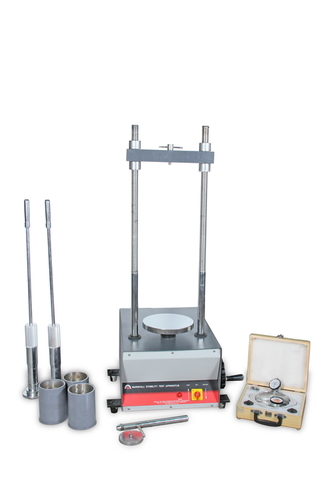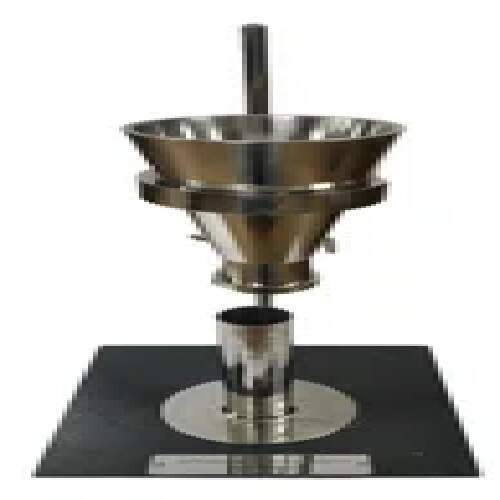DIRECT SHEAR APPARATUS HAND OPERATED
Price 1.00 INR/ Piece
DIRECT SHEAR APPARATUS HAND OPERATED Specification
- Power Supply
- Not Required (Manual Operation)
- Number of Specimens
- One at a time
- Measuring Range
- 0 - 2 kN (Shear Force)
- Application
- The equipment is used for Direct Shear Laboratory Test of Rock Samples. The test measures peak & residual Direct Shear Strength as a function of stress normal to the sheared plane. The equipment can be used for testing Core, Lump specimens.
- Test Range
- Shear test up to 2 kN (varies by set-up)
- Specimen Size
- Typically up to 60 mm x 60 mm x 25 mm (shear box size)
- Product Type
- DIRECT SHEAR APPARATUS-HAND OPERATED FOR ROCKS
- Features
- Sturdy construction, removable shear box, high accuracy, compact manual device
- Response Time
- Instantaneous, manual observation
- Accuracy
- 1% of reading
- Max Height
- Approx. 250 mm (Package Height)
- Mounting Type
- Tabletop
- Display Type
- Dial Gauge (Mechanical Reading)
- Dimension (L*W*H)
- 480x730x250(Package) Millimeter (mm)
- Automation Grade
- Manual
- Equipment Type
- Direct Shear Apparatus - Hand Operated
- Usage
- Rock Testing Equipment
- Humidity
- Room Humidity
- Operating Voltage
- Not Applicable (Manual)
- Temperature
- Ambient
- Resolution
- 0.01 mm (strength measurement increment)
- Interface Type
- Mechanical/Dial
- Capacity
- Up to 2 kN (Shear Loading Capacity)
- Machine Weight
- Approx. 38 kg
- Test Speed
- Hand operated, depends on manual turning
- Test Width
- 60 mm
- Test Stroke
- Up to 10 mm shear displacement
- Control Mode
- Manual
DIRECT SHEAR APPARATUS HAND OPERATED Trade Information
- Minimum Order Quantity
- 1 Piece
- Supply Ability
- 100 Pieces Per Month
- Delivery Time
- 4 Week
- Sample Policy
- Contact us for information regarding our sample policy
- Packaging Details
- Wooden Box / Corrugated Box
- Certifications
- ISO 9001 : 2015
About DIRECT SHEAR APPARATUS HAND OPERATED
Description:
The technique enables the engineer to select specimens of rock from exposed faces or bore holes, Observe orientation of fault lines, then set and test the fault in the shear box. The apparatus consists of a diagonally split box assembly. The upper half incorporates a vertical ram for compressive loading, and the lower half, two horizontal rams for reversible shearing action. The force applied by the horizontal ram is aligned with the centre of the box and the discontinuity in the specimen. Pressure is applied to the rams by means of hand-operated hydraulic pumps.
The machine is ideal for the testing onsite and in laboratory.
Furtherdetails available on our website.
The Price mentioned here are subject to change as per the capacity,specifications and application of the user.
High-Precision Manual Shear Testing
This apparatus enables laboratory professionals to measure the peak and residual direct shear strength of various rock specimens with great accuracy. The combination of a mechanical dial gauge and screw-driven mechanism provides users instant feedback and precise control during testing, ensuring consistent and repeatable results for teaching, quality control, or research needs.
Sturdy Construction and Portability
Built with a durable powder-coated finish, hardened steel jaws, and high-grade mild steel shear box, the apparatus withstands intensive lab use while resisting corrosion. Despite its robust build, the unit is compact and portable, allowing for easy relocation and use on any tabletop within laboratory settings.
Comprehensive Accessories and Compliance
The equipment comes equipped with a complete shear box set, dial gauge, optional proving ring, and necessary weights, facilitating immediate setup out of the box. It conforms to IS 11266 and equivalent international standards, making it suitable for a diverse range of laboratory rock testing protocols.
FAQs of DIRECT SHEAR APPARATUS HAND OPERATED:
Q: How is the direct shear test performed using this hand-operated apparatus?
A: The test involves placing a rock core or lump specimen inside the removable shear box and incrementally loading it manually via the precision screw-driven mechanism. The shear displacement and force applied are measured by the dial gauge and protractor, enabling calculation of peak and residual shear strength as the normal stress is systematically increased.Q: What types and sizes of rock specimens can be tested with this apparatus?
A: The apparatus accommodates both core and lump rock specimens, typically up to 60 mm x 60 mm x 25 mm in size, as specified by the shear box dimensions. This flexibility makes it suitable for a wide range of natural and processed rock samples in research and quality control.Q: When should this manual shear apparatus be used instead of an automatic one?
A: This hand-operated device is ideal when precision, portability, and a cost-effective solution are necessary. It is especially suitable for educational laboratories, field locations, or facilities without continuous access to power, and situations where users prefer manual control over the test process.Q: Where can the Direct Shear Apparatus Hand Operated be used?
A: Designed for laboratory use, its portable tabletop construction allows it to be easily relocated within a lab environment, making it suitable for academic, research, and industrial labs focused on rock mechanics and geotechnical studies.Q: What are the key benefits of using this apparatus for direct shear testing?
A: Key advantages include high measurement accuracy (1%), a compact and robust design, suitability for different rock sample types, instant manual readings, and compliance with international and Indian standards. Its mechanical (non-electrical) operation also ensures reliability and low maintenance.Q: How is shear force measured and what is the measuring range?
A: Shear force is applied manually via the screw-driven mechanism and measured mechanically using the included dial gauge. The apparatus supports measuring a range from 0 to 2 kN, with reading increments as fine as 0.01 mm, delivering precise strength data for analytical and reporting needs.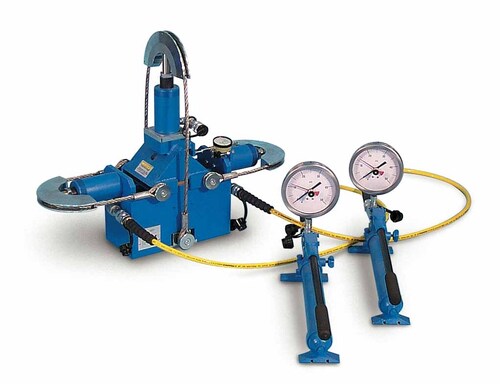
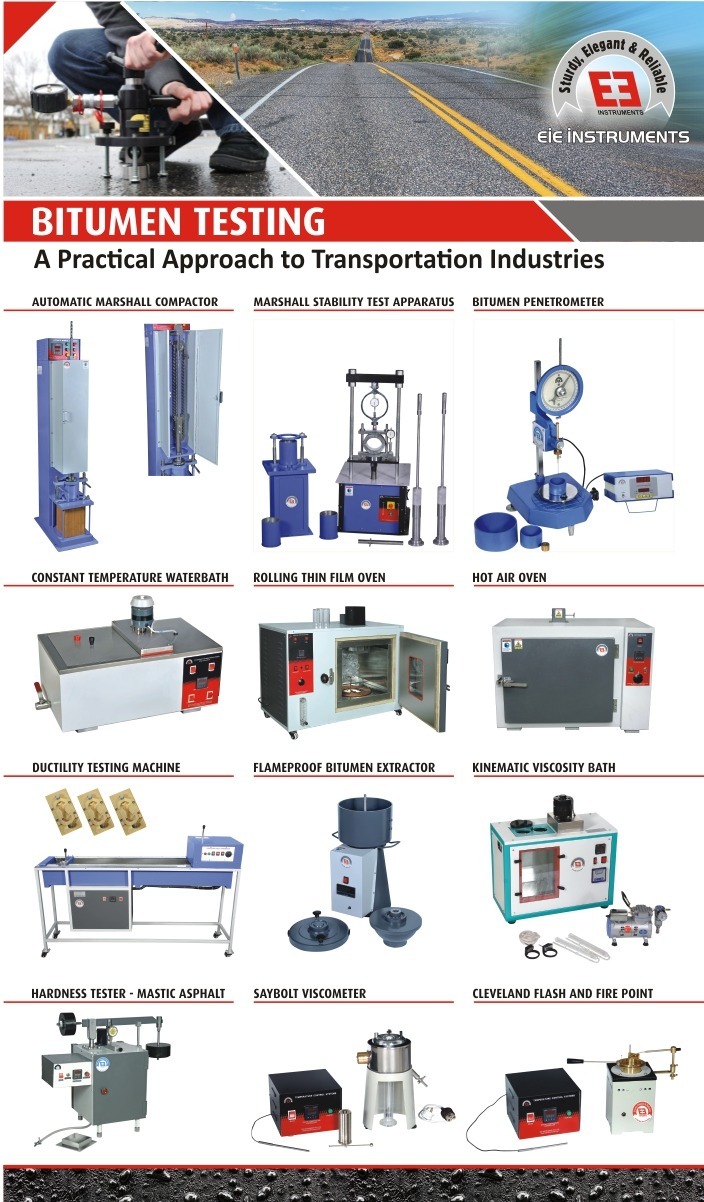
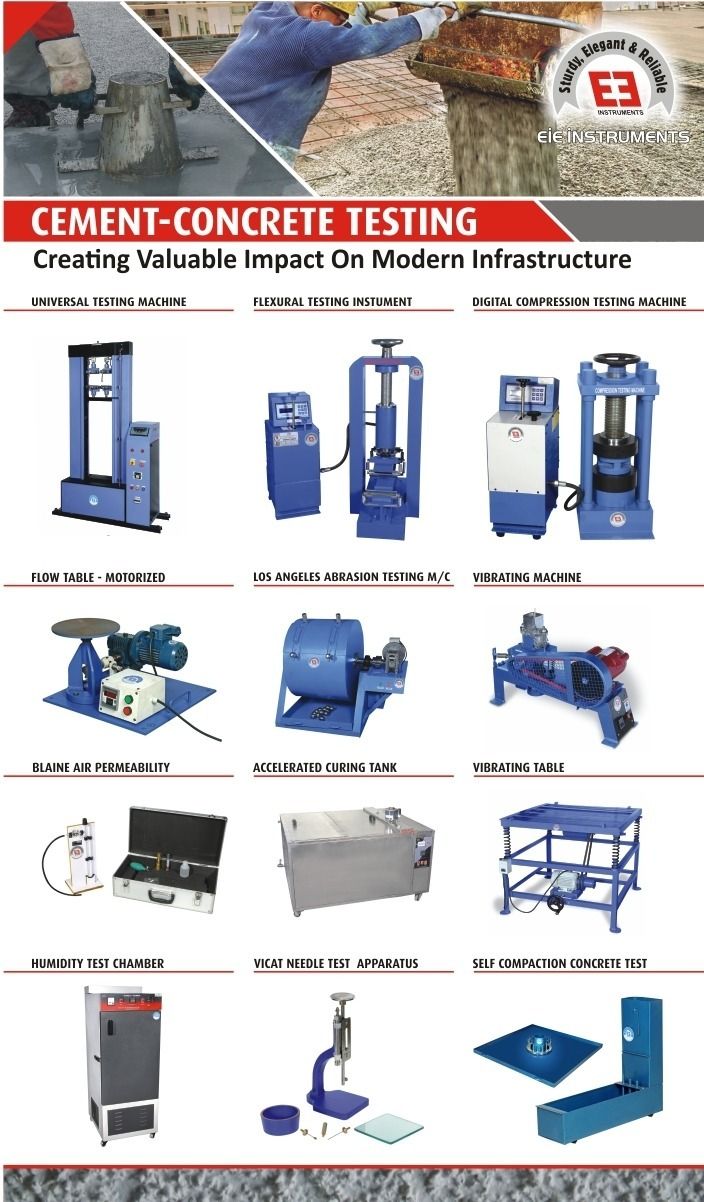

Price:
- 50
- 100
- 200
- 250
- 500
- 1000+
More Products in Civil Testing Instruments Category
CYCLIC PLATE LOAD TEST
Price 1.00 INR / Piece
Minimum Order Quantity : 1 Piece
Application : GEOTEXTILE & GEOMEMBRANE TESTING INSTRUMENTS
Usage : GEOTEXTILE & GEOMEMBRANE TESTING INSTRUMENTS
Product Type : CYCLIC PLATE LOAD TEST
Power Supply : 220V/50Hz AC
Load Truss
Price 1.00 INR / Piece
Minimum Order Quantity : 1 Piece
Application : Load bearing, structure testing, and material strength
Usage : Industrial Load Testing
Power Supply : 230V AC, 50 Hz
Marshal Stability Testing Machine (With Proving Ring and Dial Gauge)
Price 1.00 INR / Piece
Minimum Order Quantity : 1 Piece
Application : Bitumen Testing Equipment
Usage : Bitumen Testing Equipment
Product Type : MARSHAL STABILITY TESTING MACHINE(4" DIA)(WITH PROVING RING AND DIAL GAUGE)
BULK DENSITY APPARATUS - Method B
Price 1.00 INR / Piece
Minimum Order Quantity : 1 Piece
Application : Industrial
Usage : laboratory
Product Type : BULK DENSITY APPARATUS Method B
 |
EIE INSTRUMENTS PVT. LTD.
All Rights Reserved.(Terms of Use) Developed and Managed by Infocom Network Private Limited. |

 Send Inquiry
Send Inquiry

